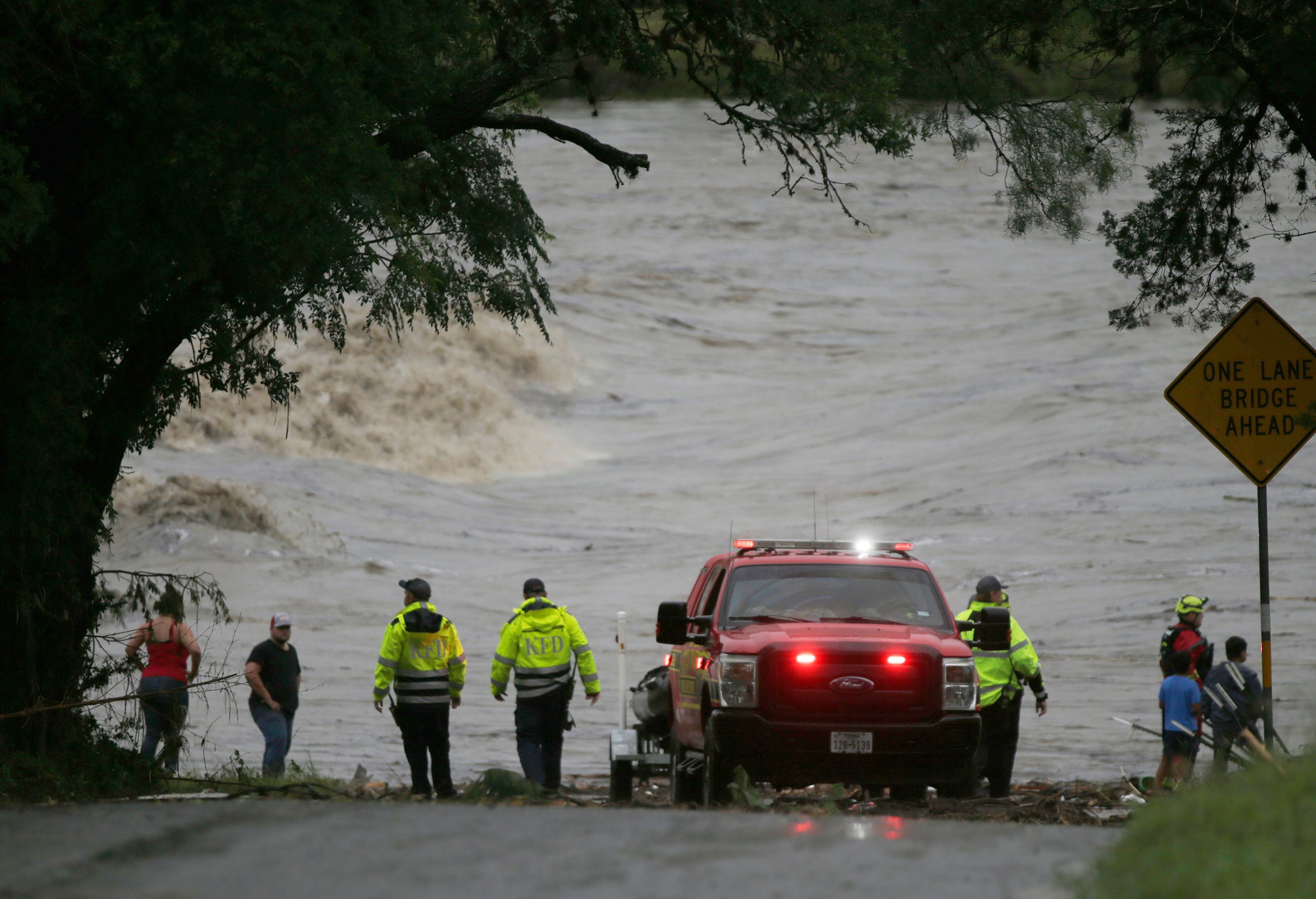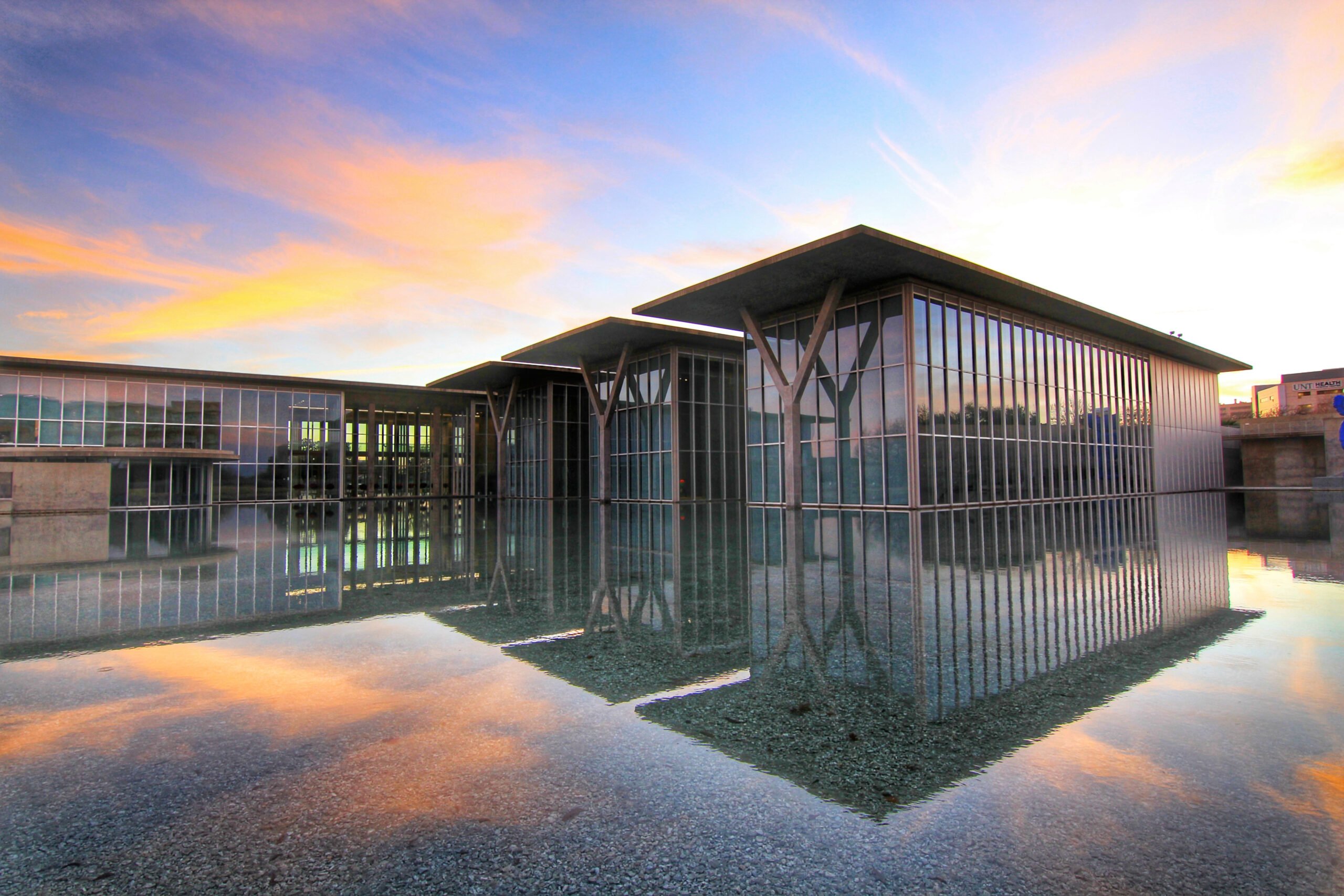ustxtxb_obs_1984_02_24_50_00010-00000_000.pdf
Page 22
ARE YOU GOING to be for us or against us?” the public relations man at General Dynamics in Fort Worth asked when I called to say the Observe was doing a story about Texas weapons builders. And so began a series of conversations with people whom I, as a disarmament activist, had considered before only with anger and fear. They were the makers of the nuclear holocaust, I thought. They had Congress under their thumb, and they profited by threatening the lives of people I love. It was they who perpetrated the arms race, But I found the people at the weapons plants disarmingly human. The man at LTV in Dallas talked about his kids. The Rockwell spokesman laughed when I tried to translate his corporate talk into plain language \(“Does integrate mean put president of Electrospace Systems was flattered when I thanked him for clearly explaining a communications system. Some people would not talk to me. There was the man at Chromalloy American Corporation in San Antonio -winners of a $29 million contract with the Air Force in fiscal year 1983 who called me “sweetheart” but wouldn’t answer any of my questions. The receptionist at San Antonio’s Bosco, Inc., Disarming whose contracts with the Pentagon include one for “Bombs, Nuclear” and another for “Weapons M-60 Combat 105mm Gun,” put me on hold for several minutes and took messages to call me that were never answered. There were people actively proud of the weapons they make, anxious to describe them and send us photographs. There were people who complained about the difficulty of getting defense contracts and the unwieldiness of the military bureaucracy. And there were several mostly women who seemed uneasy about what they were doing, like the woman who consistently told me that her corporation does “only” 40% of its business with the. Defense Department. The big corporation spokesmen usually had carefully rehearsed explanations of their company’s work and seemed to inhabit a world of press releases and annual reports, while the people at the smaller companies were closer to what they make and bore for their weapons rather paternal feelings. A man at a small truck manufac turer in south Dallas explained how difficult it is to get Pentagon contracts and how frustrating it is to design a system only to have it rejected. “It’s a struggle,” he said. “This is all we have to rely on.” N.B. beneath radar, and carry up to 32 triple warhead missiles. Each will cost over $200 million. LTV builds two huge pieces of the B-1 fuselage that go from the back of the wings to the tail, are 60 feet long, and weigh 14 tons. LTV’s B-1 production area was once the final assembly area for the A-7 fighter, now out of production. LTV also made all of NATO’s Lance tactical nuclear missiles at its Michigan plant and is developing an antisatellite weapon, an Improved Lance, and a hypervelocity missile a very fast bullet three inches in diameter. \(“Basically the technology is what’s attractive,” LTV spokesperson Mike Hatfield said of the hypervelocity LTV MLR LTV’s biggest project is its $2 billion, multi-year contract with the army to build the Multiple Launch Rocket System. The MLRS is assembled in an Arkansas plant, but the brains of the program are at the Grand Prairie LTV facility. The MLRS is a truck with a set of twelve tubes containing rockets that collectively hold 7,700 grenade-like devices which can be fired in less than a minute and can cover an area the size of six football fields. The MLRS is planned for deployment in Europe. Bell Huey and Cobra Bell Helicopter in Fort Worth, the largest division of Textron, Inc., employs 6,000 people and does about 30% of its business with the Defense Department, $411 million in fiscal year 1983. Bell builds several helicopters, among them the Huey \(UH-1 Iroquois, named in Vietnam. When American troops left Vietnam, they abandoned 66 Cobra helicopters, including 30 that had never been unpacked. Hueys are used now by the armies of El Salvador, Guatemala, and Honduras. “We train pilots and mechanics from many countries around the world,” said Bell spokesperson Marty Reisch. “The number of foreign governments that have our helicopters would be pretty substantial.” Before Reagan’s recent lifting of the ban on U.S. arms sales to Guatemala, Bell sold its commercial version of the Huey to Guatemala and trained Guatemalan army pilots in Fort Worth. Besides building the helicopters, “we assemble the [gun] pods,” Reisch explained, “whatever it takes to hold the armament. The rockets or machine guns are installed by the customers. If there is a system, such as a turret system, which would have, say, machine guns, we would mount the system.” Communications equipment Besides Texas Instruments and dozens of smaller companies, four of the major military communications makers in Texas are Tracor and Lockheed in Austin, Rockwell in Richardson, and Electrospace Systems in Dallas. Lockheed, the fifth largest weapons contractor in the country, opened its Austin plant about a year ago and already employs 1,600 people. Austin Lockheed filled a $47 million contract with the Navy in fiscal year 1983. The Austin Lockheed facility does Pentagon work exclusively developing computer programs to translate radar and satellite readings into displays on screens for people aboard Navy ships, submarines, and planes. Tracor, an international corporation headquartered in Austin, builds computer terminals, consults with the Navy on antisubmarine warfare, and makes the controls for MX and Trident missile “penetration aids” at its Austin facility. “Penetration aids” are little glass fibers, shot out to confuse radar, and flares to decoy heat-seeking missiles. For fiscal year 1983 Tracor had contracts with the Pentagon for $74 million. Rockwell International in Richardson, a part of the corporation that builds the MX, B-1 bomber, and space shuttle, makes radios for nuclear submarines and terminals for the Air Force that send information to satellites. Electrospace Systems at Richardson and Dallas’ Love Field contracts with the Defense Department \($62 million in defense companies to do, among other things, the fitting of “shelters” 10 FEBRUARY 24, 1984


